I would like to embroider with electroconductive yarn and I need to light up 25 LEDs but they should work individually (not light up at the same time) and I can use only 10 pins. I cannot use any other IC's as my board is limited. I am using Microbit to light up the 25 LEDs using 10 pins.
If I connect all the positive column of LED 1,2,3,4,5 in with a single pin and then connect all the negative rows of LED 1,2,3,4,5 with another pin then there is always a problem of overlapping with the positive as they can have short-circuit since I am using embroidery machine to stitch electroconductive yarns.
How can I make a bridge between column of LED1 with row of LED2 without actually touching them?

How can I control the LEDs individually?
Note that I am not allowed to use any other IC's or shift register or anything else. I have heard about Charlieplexing but I am not sure if I can control the LEDs individually.